class ii malocclusion treatment adults
Ideally treatment of Class II malocclusions should focus first on improving the skeletal discrepancy using functional appliances while the individual is still growing. The treatment objectives must include the chief complaint of the patient and the mechanics plan should be individualized based on the specific treatment goals.

Management Of Skeletal Class Ii Malocclusion By Surgery First Approach A Short Term Clinical Experience Semantic Scholar
The patient had a Class II Division 1 malocclusion Fig 2 On both sides the molars and the canines were in Class II relationships.

. This overbite can be caused by an overly prominent upper jaw or an underdeveloped lower jaw. Extractions of the premolars if they are undertaken after a proper diagnosis. This paper aimed to describe the orthodontic treatment of an adult patient with the following characteristics.
Dental malocclusions are classified based on the positioning of the upper and lower molars. Class II malocclusion in nongrowing patients is a great challenge in treatment especially if the degree of malocclusion is severe. Comparison of skeletal dental and soft tissue changes in young adults with class II malocclusion treated either by camouflage fixed functional appliance or orthognathic surgerya prospective study on Indian subjects.
JCO interview with Dr Robert Shaye- J Clin Orthod 198317330-42 10. Malocclusion Class 2. To compare 2 groups of mature patients treated with the Herbst appliance and present a new protocol based on tissue responses to enhance skeletal response.
In such cases the use of miniscrews for orthodontic camouflage can produce results comparable to that of orthognathic surgery. Class II problems represent abnormal bite relationships in which the upper jaw and its teeth are located in front of the lower jaw. Treatment of Class II Division 2 malocclusion in adults.
A 19-year old. Treatment Stability and Patient Satisfaction. These results were stable in the 2 years post-treatment follow-up for both occlusal aspect and facial profile.
Treatment of Class II. Treatment of an adult Class II patient requires careful diagnosis and a treatment plan involving esthetic occlusal and functional considerations5-7 The. Buccal crossbites existed bilaterally at the level of the first and second maxillary premolars as well as at the level of the maxillary right third molar.
These cases tend to have a good long-term prognosis without treatment. Class II malocclusion is the most common type of malocclusion seen in day to day practice. Treatment timing of class II malocclusion has long been a topic of controversy for decades 15.
In prepubertal patients this malocclusion could be treated by moving the lower jaw forward. The prevalence of this malocclusion varies amongst different populations but it is reported to be 20 in the UK 2. Individual rotated teeth class 1 malocclusion.
Class II division 1 malocclusion is described as the incisal edges of the lower incisors occlude posterior to the cingulum plateau of the upper incisors and the upper central incisors are proclined 1. Page 2 of 11 Treatment of an adult Class II patient requires careful diagnosis and a treatment plan involving esthetic occlusal and functional considerations. The treatment of an adult Class II patient requires a careful diagnosis and a treatment plan which involves aesthetic occlusal.
This case report aimed to describe orthodontic treatment in maloclussion Angle class II division 2 to correct anterior crowding deep overbite which nally improve the aesthetics. Thus the compensatory treatment proved an adequate mechanotherapy to correct Class II in adult patients allowing an adjustment in occlusal relationships associated with improvement of facial contours and soft tissue. In these patients their jaws are the normal shape and length.
This case report presents an adult patient with severe Class II malocclusion combined with bilateral. Asymmetric Class II malocclusion left subdivision mandibular midline shifted to the left mild mandibular anterior crowding excessive overbite 4-mm overjet and a brachycephalic facial pattern. As a result the extraction of maxillary first premolars will allow for the correction of the overjet.
Lateral cephalograms taken before and after treatment for 2 groups of patients--the first treated with the Herbst appliance with maximum jumping and the second with the Herbst appliance with. The camouflage treatment of the Class II malocclusion in adults is challenging and it requires a high quality individualized technique. Extraction of premolars is another method of treating dental discrepancies as well as mild skeletal discrepancies in a Class II malocclusion.
No one ever had any problems because their molars are half a unit 2-3 mm Class II. However one or more teeth have erupted in a position that is leading to a problem. There were a severe 7-mm overbite and an overjet of 135 mm.
Early treatment phase 1 as part of a two-phase treatment to correct Class II malocclusion is rarely indicated as it is not effective and incurs greater cost than one course of treatment with fixed appliances provided when the child is in adolescence. Malocclusion in Pediatric Obstructive Sleep. Lehman R Hulsink JH.
1 However dentoalveolar compensations reducing overjet and the severity of the Class II malocclusion are still the major effect of functional appliances. Anterior Openbite Malocclusion in Adults. To evaluate anchorage control using miniscrews vs an Essix appliance in treatment of Class II malocclusion by distalization using the Carrière Motion Appliance CMA.
This may be an incisor tooth at the front of the mouth causing a cross-bite. The candidates for camouflage would be adults or those in late adolescence who have little potential for growth. Correcting this skeletal relationship prior to braces can dramatically shorten the amount of time that braces are worn.
Class 2 or class II malocclusions are characterized by upper molars that are too far forward compared to the lower molars. Validity and Reliability of HLD Treatment Need Indices Currently Used in the United States. Definition of a class 2 malocclusion.
Orthodontic Treatment of Anterior Open-bite With and Without Skeletal Anchorage. 23 In adults. In adults the facial skeletal relationship cannot be significantly altered by orthodontic treatment.
Class II Before After Treatment. This relationship is usually due to inherited characteristics. A situation in which maxilla and mandible are in disharmony the maxilla is protruded or the mandible sits backward from where it should be or a combination of both.
Side view or profile of these people is directed to the convex.
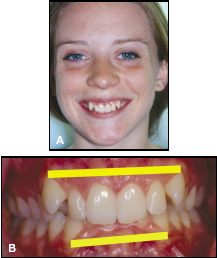
Treatment Of Class Ii Division 2 Malocclusion In Adults Biomechanical Considerations Jco Online Journal Of Clinical Orthodontics
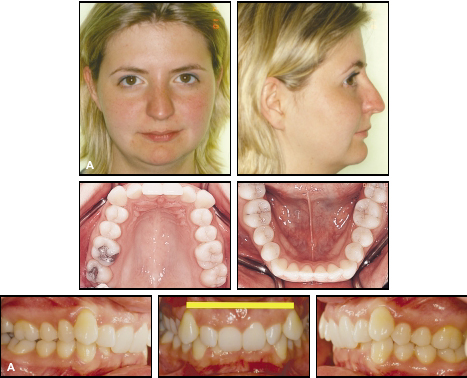
Treatment Of Class Ii Division 2 Malocclusion In Adults Biomechanical Considerations Jco Online Journal Of Clinical Orthodontics

Advances In Management Of Class Ii Malocclusions Intechopen

Advances In Management Of Class Ii Malocclusions Intechopen

Nonsurgical Treatment Of An Adult With A Skeletal Class Ii Division 1 Malocclusion And A Severe Overjet Pocket Dentistry

Advances In Management Of Class Ii Malocclusions Intechopen

Orthodontic Surgical Treatment For A Patient With Class Ii Malocclusion And Inadequate Maxillary Incisor Inclination American Journal Of Orthodontics And Dentofacial Orthopedics
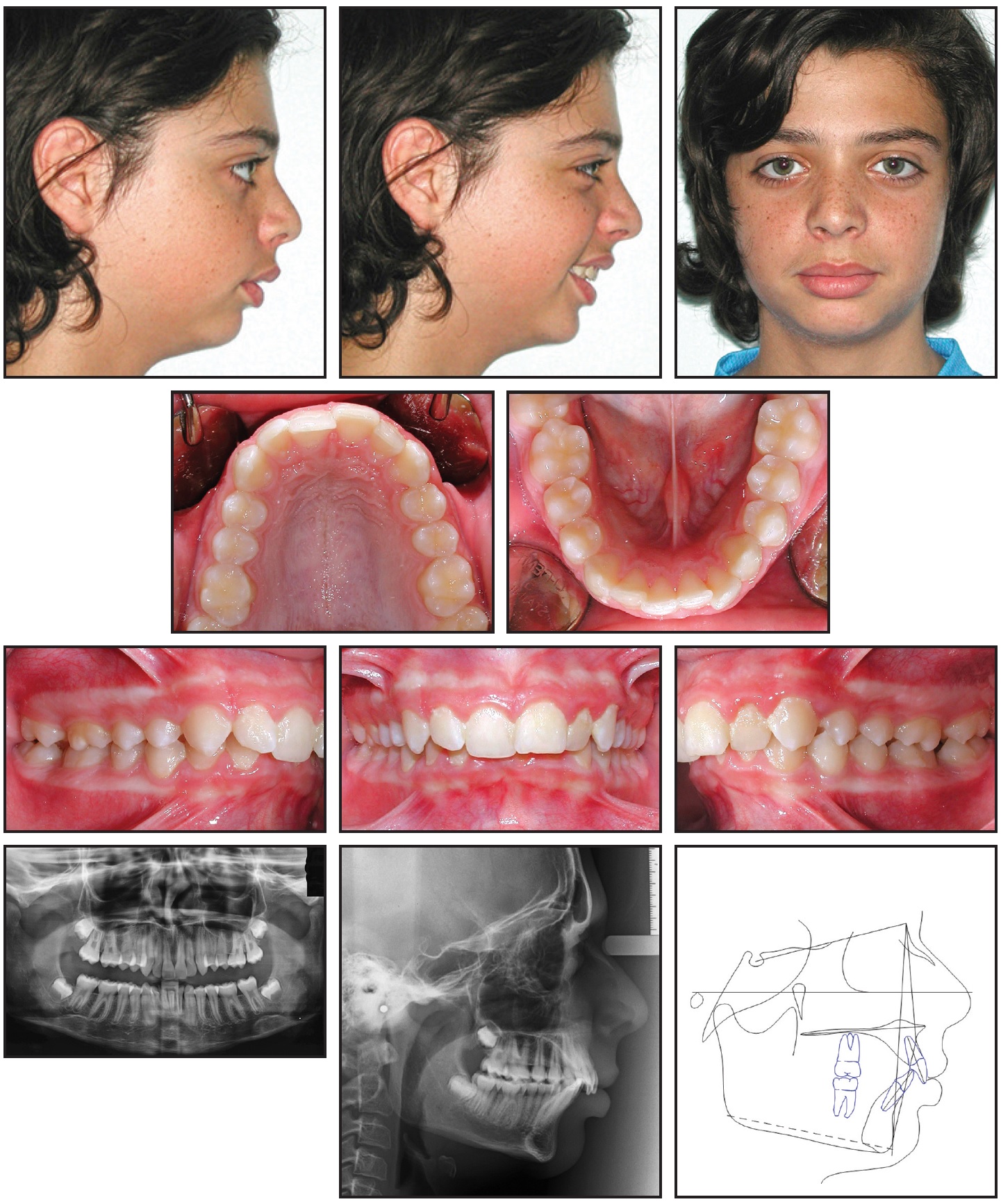
Functional Class Ii Treatment With A Miniplate Anchored Herbst Appliance Jco Online Journal Of Clinical Orthodontics

Class Ii Treatment Photos Orthodontics Cary Nc Clayton Nc

Treatment Of Class Ii Malocclusion With Tooth Movement Through The Maxillary Sinus American Journal Of Orthodontics And Dentofacial Orthopedics

Pdf Treatment Of Class Ii Division 2 Malocclusion With Miniscrew Supported En Masse Retraction Is Deepbite Really An Obstacle For Extraction Treatment Semantic Scholar

Class Ii Treatment Photos Orthodontics Cary Nc Clayton Nc
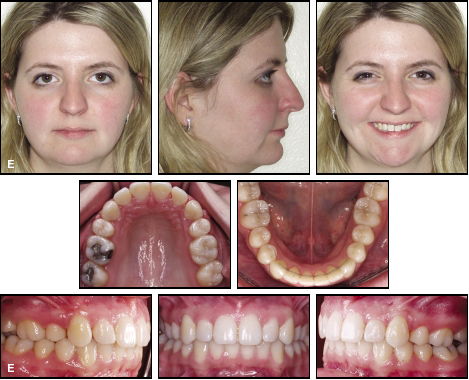
Treatment Of Class Ii Division 2 Malocclusion In Adults Biomechanical Considerations Jco Online Journal Of Clinical Orthodontics

Treatment Of Class Ii Malocclusion With A Customized Lingual Appliance Combined With A Class Ii Corrector American Journal Of Orthodontics And Dentofacial Orthopedics
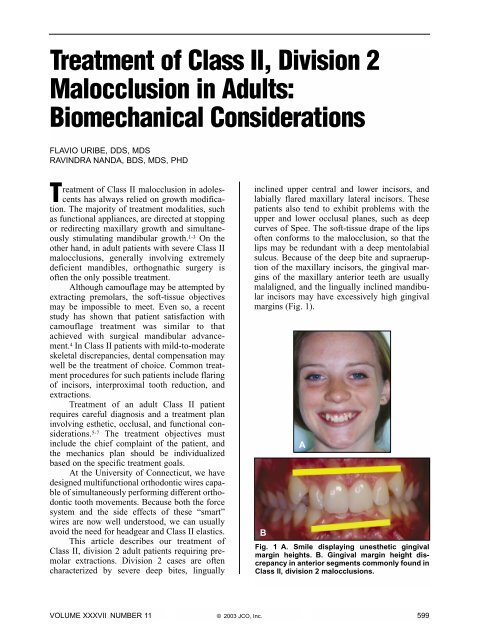
Treatment Of Class Ii Division 2 Malocclusion In Adults Journal Of

Treatment Of A Severe Class Ii Division 1 Malocclusion Combined With Surgical Miniscrew Anchorage American Journal Of Orthodontics And Dentofacial Orthopedics

Treatment Of A Class Ii Division 1 Malocclusion With The Combination Of A Myofunctional Trainer And Fixed Appliances American Journal Of Orthodontics And Dentofacial Orthopedics
